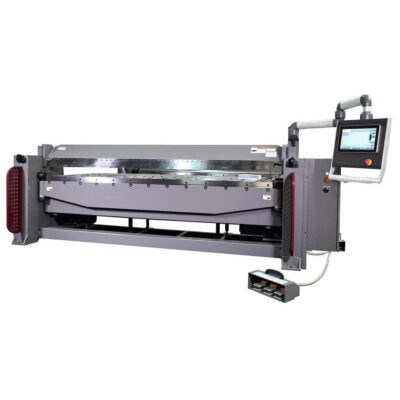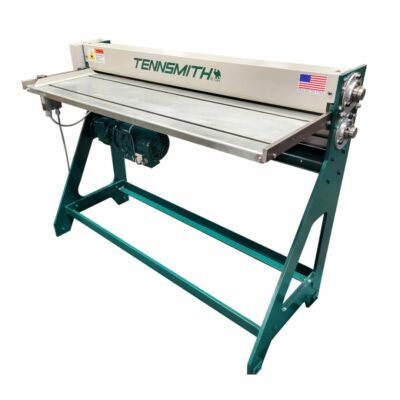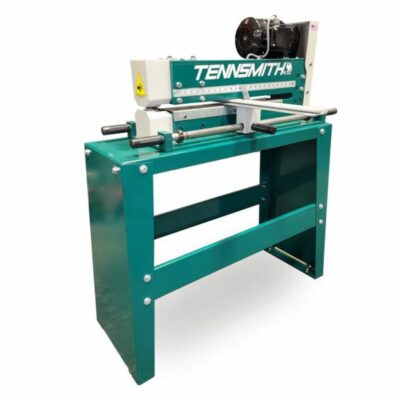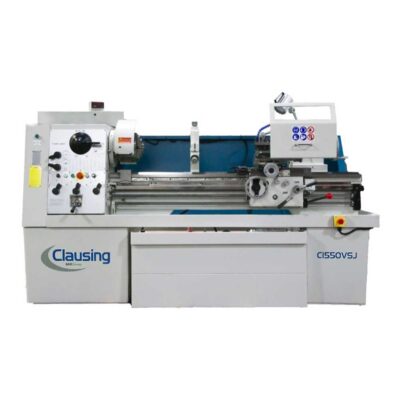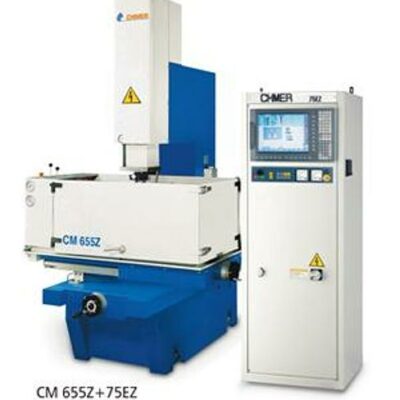Are you new to 3D printing? 3D Printing came on the scene around 2011 and has proven to have many valuable applications. The medical industry found value in taking scenarios from flat screen to 3D as surgeons prepare for surgery. Today almost every industry from aerospace and architecture to jewelry and fashion design is using 3D printing in some aspect.
3D printers print the object in 3D layer by layer. 3D printing or additive manufacturing is a process of making three-dimensional solid objects from a digital file. The creation of a 3D printed object is achieved using additive processes. In an additive process, an object is created by laying down successive layers of material until the entire object is created.
The owner of the 3D printer chooses between two types of plastic: acrylonitrile butadiene styrene (ABS) and polylactic acid (PLA). ABS is a chemical based material and is used to make products such as Legos. PLA comes from natural sources like corn and sugarcane and gives your final product a rigid and glossy finish. Some printers work with just one plastic, other printers work with both.
The plastic comes as strands (spools) of filament that are usually a standard 1.75 millimeters or 3 millimeters in width. ABS generally needs to be printed on a heated surface; otherwise, the bottom layer of plastic curls up. PLA can be printed on a non-heated surface. Print heads move differently depending on your printer. Print jobs can take a few minutes to hours or days depending on size and density of your project.
Prototyping is a common method that has been used by automotive and aircraft industries for years, but there are certainly applications for prototyping in other industries. In general, 3D printers are compact and small and are ideal for use in offices and smaller operations that may also have need for prototyping. They use minimal energy and don’t take up much space.

Some things to consider before jumping into the 3D world…Do your homework. There are many printers in production. Read reviews and “How To” pages such as this one from Popular Mechanics. Printers need to be properly tuned. We advise running simple cube parts multiple times to understand your calibration. Check that everything is square, that the pulleys or belts are not loose, and that the bed is level. Keep your machine clean. When you are ready to get started, let us know. We are here to help. And if you already know that you’re ready, come visit us to check out the Makerbot 3D printers we just started selling!

